Discover why delaying your bed-making might be beneficial for your health. Dive into the science behind dust mites and a healthier sleep environment.
Table of Contents
Do not Make Bed
Why hitting the pause button on bed-making could be a healthy habit.
The Dust Mite Dilemma
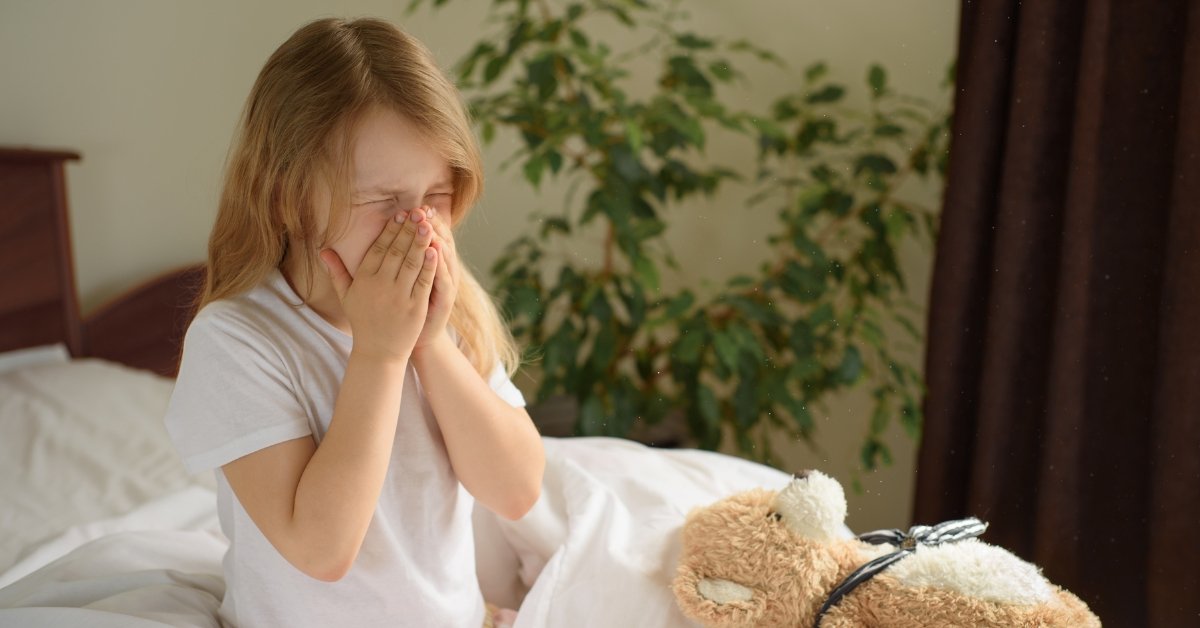
We have all heard, “Make your bed first thing in the morning!” However, recent studies suggest waiting a while before tucking in those sheets might be best.
Surprisingly, the reason boils down to two words: dust mites.
These microscopic pests, which feed on the dead skin cells we shed, are fond of our bed linens.
The warmth and moisture from our bodies during sleep provide a perfect environment for these mites, especially after a hot, sweaty night.
Expert Weighs In
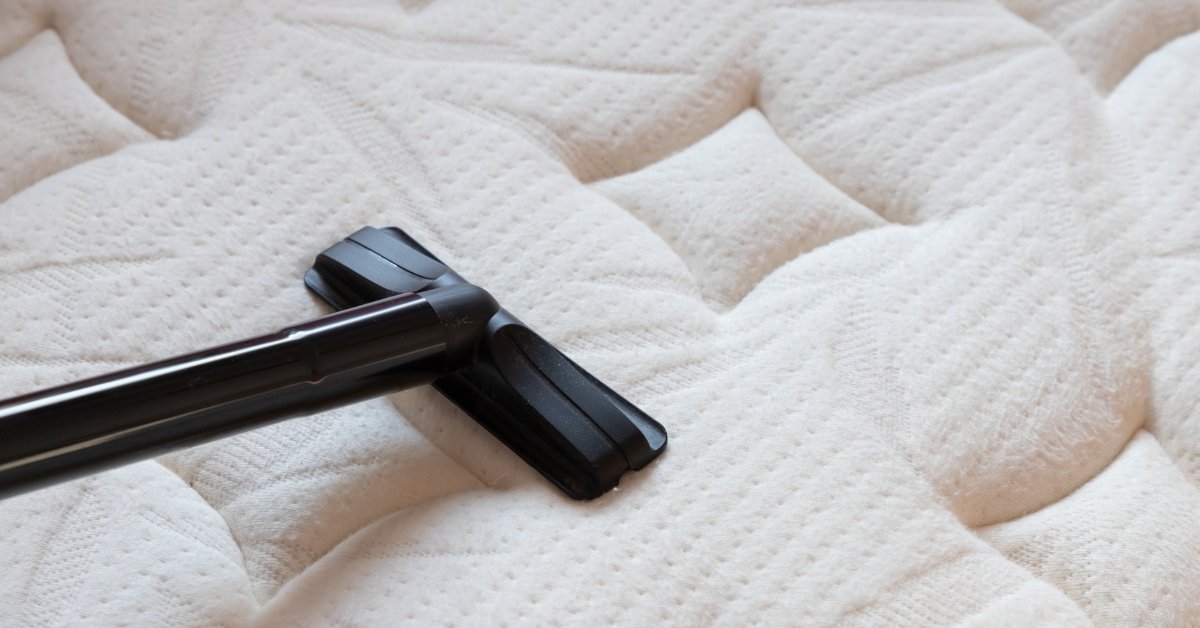
Martin Seeley, CEO of MattressNextDay with almost four decades in sleep science, points out, “Considering that we sweat nearly 500 milliliters each night, it is no wonder our beds become a breeding paradise for dust mites in the morning.”
Seeley suggests leaving the bed unmade for at least 30 minutes, allowing the sheets to air out.
This practice helps reduce moisture and overall Humidity, making it less inviting for the mites.
Supporting Seeley’s claim, a 2006 British study also indicated that letting your bed breathe might help ward off these pests.
So, for those who have been delaying their bed-making, there is good news – it is not just procrastination; it is science!
The Impact of Dust Mites on Health
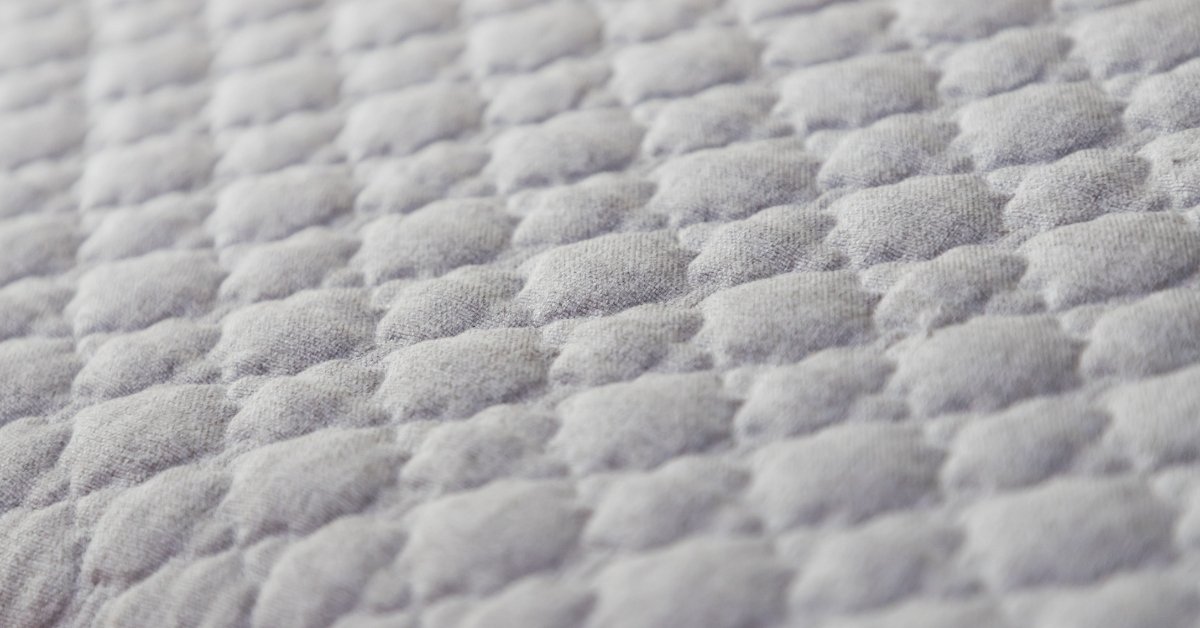
While dust mites do not harm us, they can be a nuisance for those with allergies.
The real culprits are the remnants they leave behind, such as feces and urine.
When these become airborne, we inadvertently breathe them in, leading to symptoms like runny noses, itchy eyes, and even aggravating conditions like asthma.
Protecting Your Sleep Sanctuary
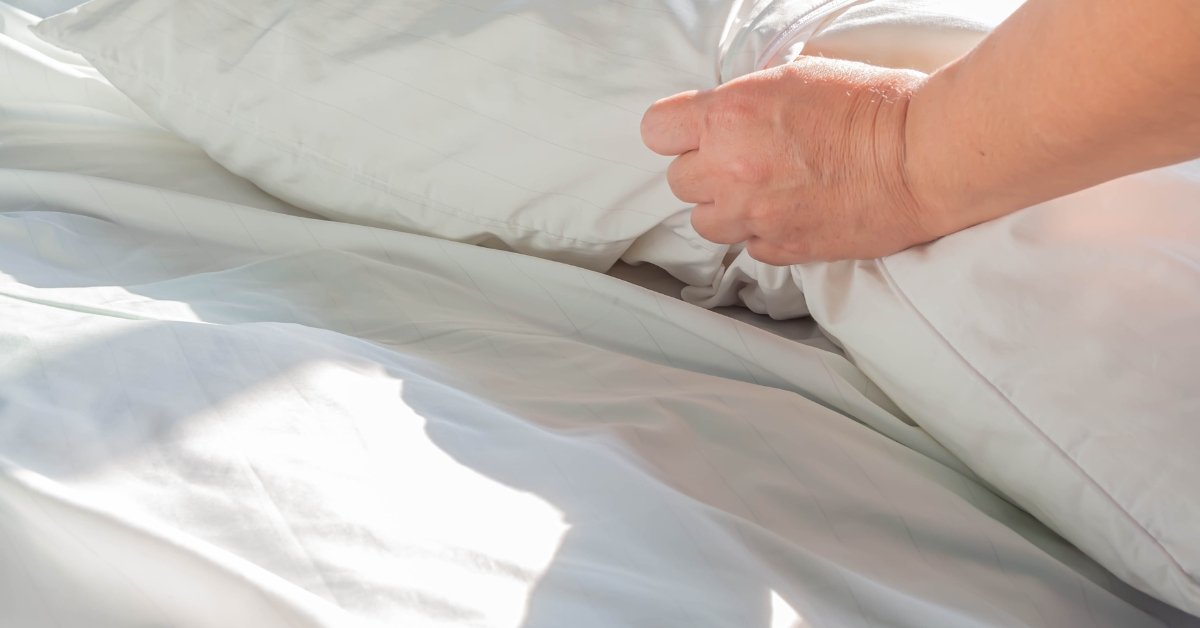
Whether or not you are sensitive to these minuscule intruders, allowing your Bedding some fresh air in the morning is a good practice.
Trapped moisture can also promote bacteria mildew and leave an unpleasant odor.
However, there is no need to panic for those who swear by making their bed immediately upon rising.
If you are not experiencing any allergy-related issues, continue with what feels right.
However, for anyone noticing discomfort or symptoms, try this new approach.
Moreover, remember that other sleep hygiene practices, such as frequent sheet washing and using a mattress protector, remain essential.
Symptoms of Dust Mite Allergies
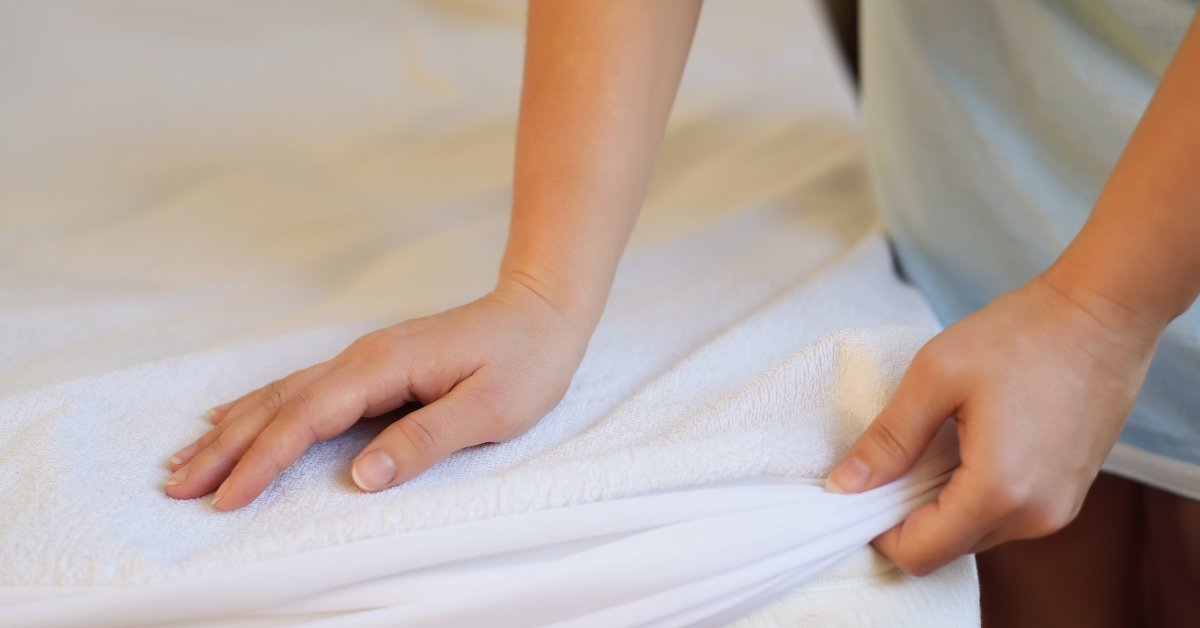
Dust mite allergies are caused by tiny organisms that live in house dust.
The symptoms of dust mite allergies can be similar to those of other allergies and include:
- Sneezing
- Runny or stuffy nose
- Itchy or watery eyes
- Itchy nose, throat, or roof of the mouth
- Postnasal drip
- Cough
- Facial pressure and pain
- Swollen, blue-colored skin under the eyes (allergic shiners)
- Skin rash or eczema
- Worsening asthma symptoms, such as wheezing, shortness of breath, and chest tightness
It is essential to consult with a healthcare professional if you suspect you have a dust mite allergy, as the symptoms can overlap with other conditions, and proper diagnosis and treatment are crucial.
Ways to protect against Dust Mites

Protecting against dust mites is essential, especially for those with allergies or asthma.
Here are some effective ways to reduce and control the number of dust mites in your living space:
- Use Allergen-Proof Bed Covers: Encase your mattresses, box springs, and pillows in dust-mite-proof covers. These covers are made of a fabric with pores too small for dust mites to penetrate.
- Wash Bedding Regularly: Wash sheets, pillowcases, and blankets once a week in hot water (at least 130°F or 54°C) to kill dust mites. Cold water will not effectively eliminate them.
- Choose Synthetic Pillows: Opt for synthetic pillows over feather or kapok ones. Also, replace pillows every couple of years.
- Keep Humidity Low: Dust mites thrive in high Humidity. Use a dehumidifier to reduce humidity levels to below 50%. Also, consider using an air conditioner during humid seasons.
- Regularly Vacuum: Vacuum your home at least once a week. Ensure you use a vacuum cleaner with a high-efficiency particulate air (HEPA) filter, which can trap more mites than regular vacuum cleaners.
- Reduce Carpeting: Replace carpeting with hard flooring, such as wood, tile, or linoleum. Dust mites thrive in carpets.
- Regular Dusting: Wipe down surfaces using a damp cloth or an oiled mop to prevent dust from becoming airborne.
- Use Blinds: Opt for washable roller-type shades instead of horizontal blinds and heavy, dry-clean-only drapes.
- Keep Stuffed Toys Clean: Consider washing stuffed toys in hot water weekly if your child has dust mite allergies. Alternatively, put toys in the freezer for 24 hours to kill dust mites before washing them at regular temperatures.
- Air Out Bedding: It is beneficial to periodically air out mattresses and Bedding in direct sunlight, which can help reduce mite populations.
- Minimize Clutter: Reduce unnecessary fabrics, stuffed animals, and other items that collect dust. A minimalistic approach can be beneficial in rooms where you spend much time, especially in bedrooms.
- Avoid Upholstered Furniture: Leather, wood, or plastic furniture will harbor fewer mites than upholstered pieces.
- Regularly Replace Furnace and AC Filters: Opt for high-quality filters that can trap more dust and replace them regularly.
- Ventilate Your Home: Regularly ventilate your home by opening windows and doors. Fresh air can help reduce the number of indoor allergens, including dust mites.
By integrating these practices into your routine, you can create a living space less hospitable to dust mites and improve the indoor environment’s quality.
Conclusion

Procrastinators, rejoice! Delaying your bed-making might not just be a quirk but a step towards a healthier sleep environment.






